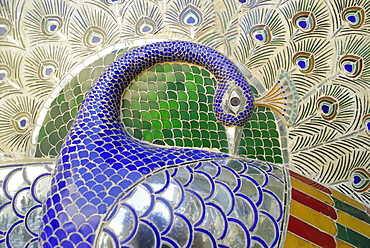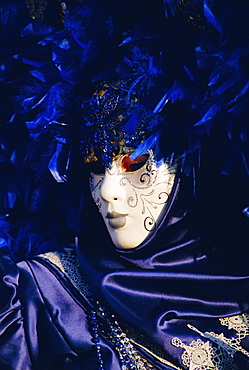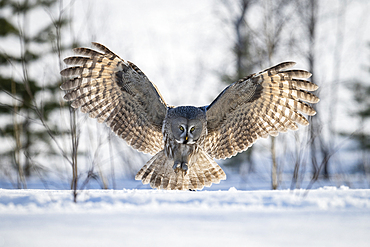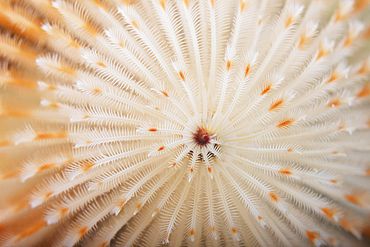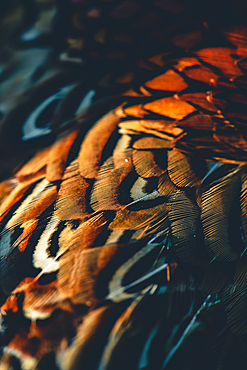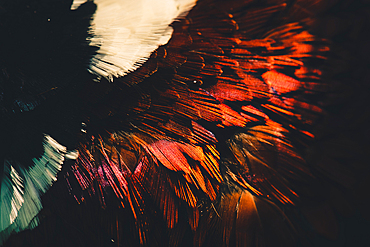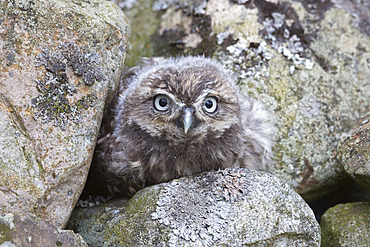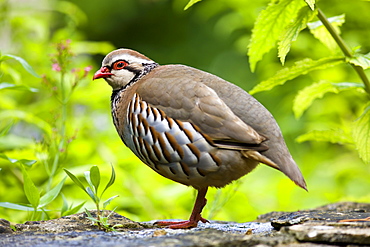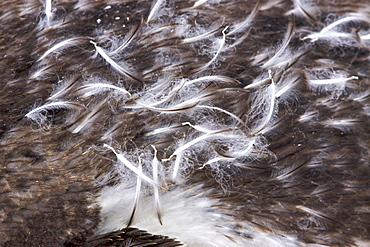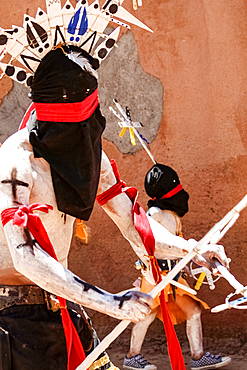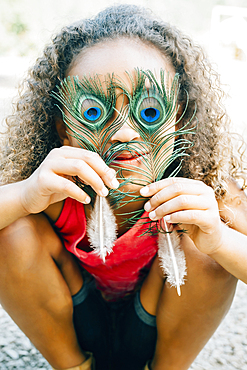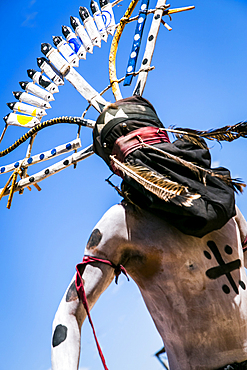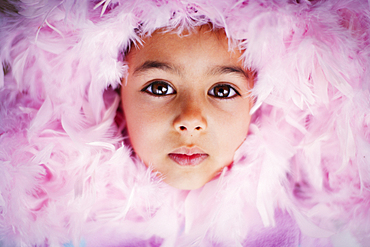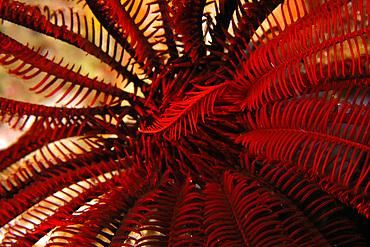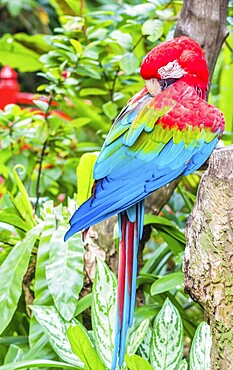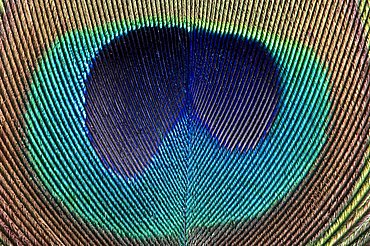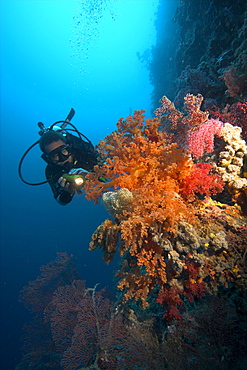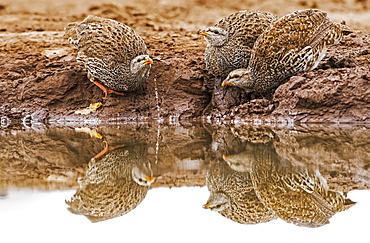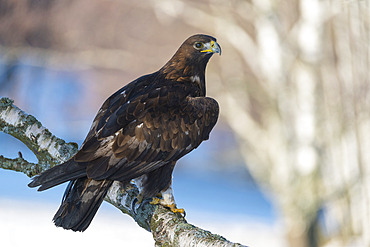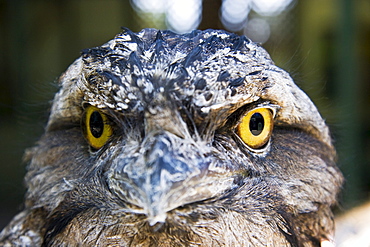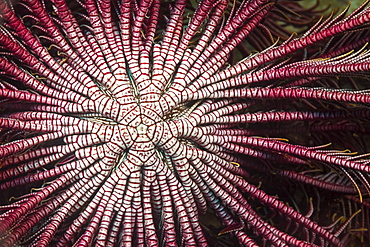Results
16 results found
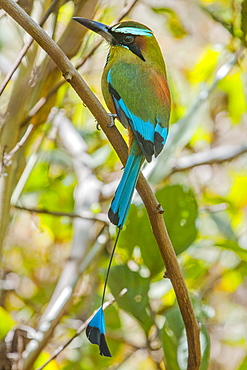
Guardabarranco (turquoise-browed motmot), national bird of Nicaragua, on the slopes of Telica volcano, Leon, Nicaragua, Central America
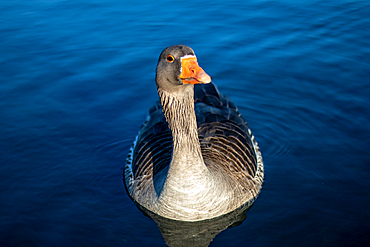
Close-up of a serene goose floating on calm blue water with a clear view of its detailed plumage and bright orange beak, United Kingdom, Europe
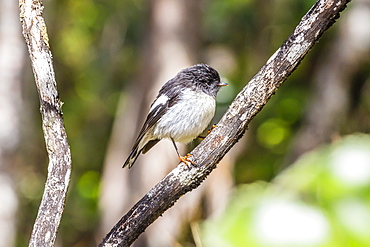
South Island tomtit (Petroica macrocephala macrocephala), on Ulva Island, off South Island, New Zealand, Pacific
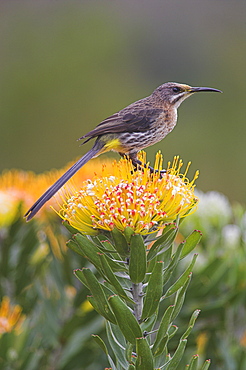
Cape sugarbird, Promerops cafer, perched on pincushion protea, Kirstenbosch botanical gardens, Cape Town, South Africa
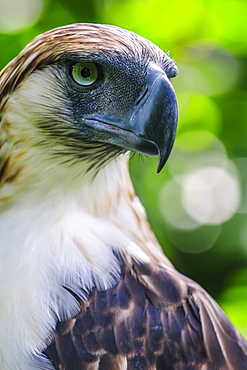
Philippine eagle (Pithecophaga jefferyi) (Monkey-eating eagle), Davao, Mindanao, Philippines, Southeast Asia, Asia
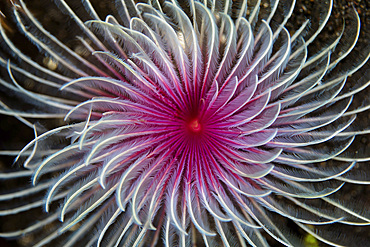
Detail of the spiral tentacles arrangement of a feather duster worm (Bispira sp.) in Komodo National Park, Indonesia.

Detail of a feather duster worm growing on a coral reef near Alor in the Lesser Sunda Islands of Indonesia.

Adult black-browed albatross (Thalassarche melanophrys), close up of tail at nesting site on New Island, Falklands, South America
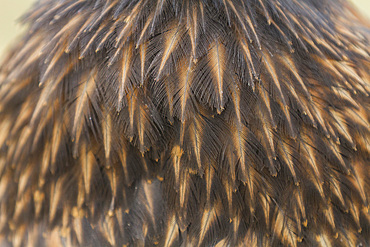
Striated caracara (Phalcoboenus australis) feather detail, on Carcass Island in the Falkland Islands, South Atlantic Ocean, South America
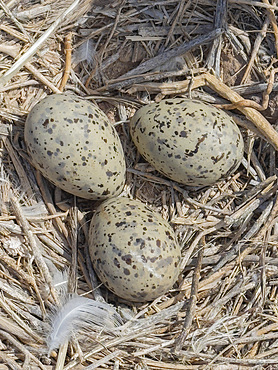
Yellow-footed gull (Larus livens), eggs in nest on Isla Coronado, Baja California Sur, Sea of Cortez, Mexico, North America
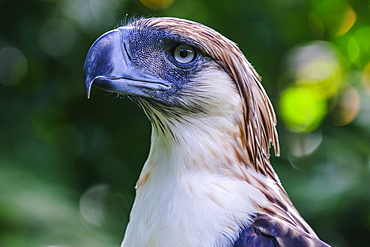
Philippine eagle (Pithecophaga jefferyi) (Monkey-eating eagle), Davao, Mindanao, Philippines, Southeast Asia, Asia
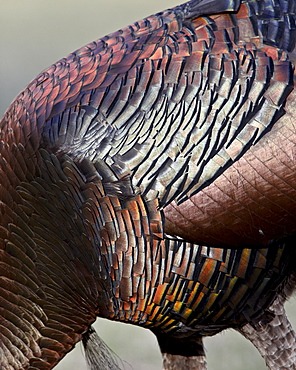
Wild turkey (Meleagris gallopavo) feather iridescence, Chiricahuas, Coronado National Forest, Arizona, United States of America, North America
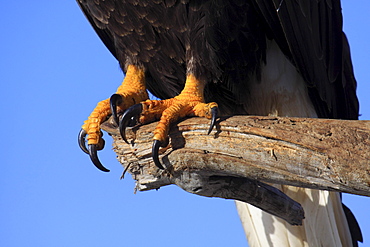
Claws of bald eagle, haliaeetus leucocephalus, weisskopfseeadler, homer, kenai peninsula, alaska, usa
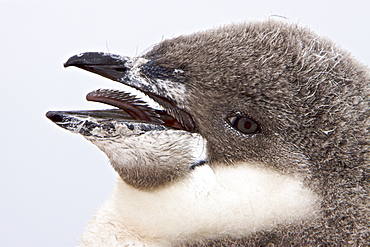
Chinstrap penguin (Pygoscelis antarctica) chick head detail at colony on Useful Island near the Antarctic Peninsula. There are an estimated 2 million breeding pairs of chinstrap penguins in the Antarctic peninsula region alone, perhaps as many as 7.5 million breeding pairs in all of Antarctica. Their name derives from the narrow black band under their heads which makes it appear as if they are wearing black helmets, making them one of the most easily identified types of penguin. Other names for them are "Ringed Penguins", "Bearded Penguins", and "Stonecracker Penguins" due to their harsh call. They grow to 68 cm (27 in). The average adult weight of a Chinstrap Penguin is 4.5 kg (10 lbs). Weight can range from 3 to 6 kg (6.6-13.2 lbs), with males being slightly larger and weight varying based on where the penguin is in the breeding cycle. Their diet consists of krill, shrimp, and fish. On land they build circular nests from stones, and lay two eggs, which are incubated by both the male and the female for shifts of five to ten days. They can also breed on icebergs, though they prefer non-icy conditions. The chicks hatch after about 35 days, and have fluffy gray backs and white fronts. The chicks stay in the nest for 20?30 days before they go to join a creche. At around 50?60 days old, they moult, gaining their adult plumage and go to sea. The Chinstrap Penguin was first described by German naturalist Forster in 1781. Its specific epithet was often seen as antarctica, however a 2002 review determined the genus Pygoscelis was masculine, and hence the correct binomial name is Pygoscelis antarcticus.

Feather star (Comanthina schlegelii), Small La Laguna, Puerto Galera, Mindoro, Philippines, Southeast Asia, Asia
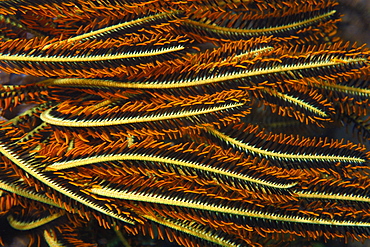
Feather star (Oxycomanthus bennetti), Dauin, Dumaguete, Negros Island, Philippines, Southeast Asia, Asia
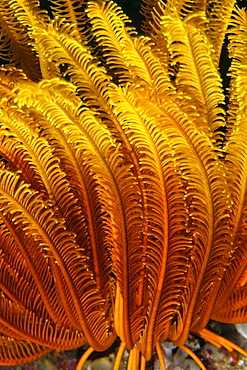
Feather star, possibly Oxycomanthus bennetti, West Escarceo, Puerto Galera, Mindoro, Philippines, Southeast Asia, Asia
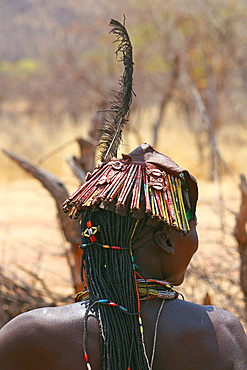
Angola; western part of the province of Cunene; Woman from the ethnic group of the Mucohona; rear view of the head; eye-catching hairstyle with pearls, shells and a long feather; in addition finely incorporated colored sticks, made from tin cans
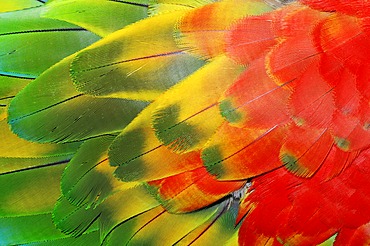
Harlequin Macaw (Ara macao x Ara chloroptera), a hybrid between a Scarlet Macaw and a Green-winged Macaw, plumage detail, native to South America, in captivity, Netherlands, Europe

Chilean Flamingo (Phoenicopterus chilensis), plumage detail, native to South America, in captivity, Germany, Europe
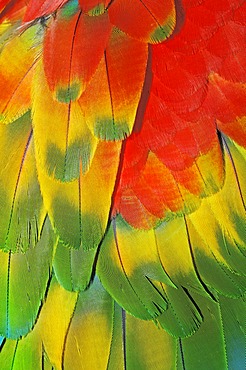
Harlequin Macaw (Ara macao x Ara chloroptera), a hybrid between a Scarlet Macaw and a Green-winged Macaw, plumage detail, native to South America, in captivity, Netherlands, Europe
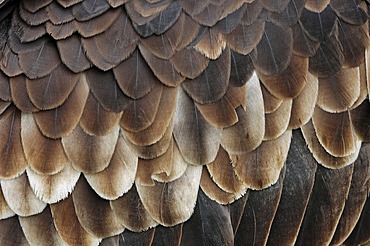
White-headed vulture (Trigonoceps occipitalis, Aegypius occipitalis), detailed view of the plumage, found in Africa, captive, France, Europe

Common pheasant (Phasianus colchicus) adult male bird close up of it's wing feathers, Norfolk, England, United Kingdom, Europe
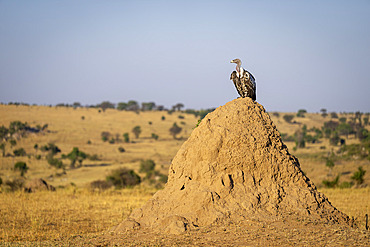
Ruppell's vulture (Gyps rueppelli) perches on large termite mound in Serengeti National Park, Tanzania
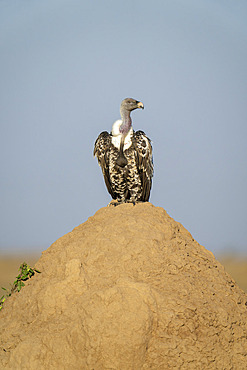
Ruppell's vulture (Gyps rueppelli) turning head on termite mound in Serengeti National Park, Tanzania
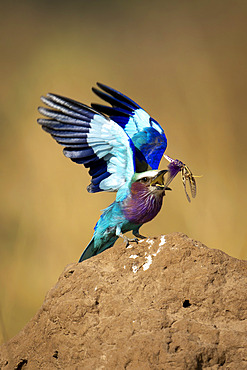
Close-up portrait of a lilac-breasted roller (Coracias caudatus) standing on a termite mound tosses insect on mound, Serengeti National Park, Tanzania, Africa

Eurasian spoonbill (Platalea leucorodia) wading in the water, Kiskunsagi National Park, Pusztaszer, Hungary

Close Up Of The Head And Beak Of A Bald Eagle (Haliaeetus Leucocephalus), Unalaska, Alaska, United States Of America

Talons of an immature Bald Eagle (Haliaeetus leucocephalus) shown gripping a tree branch, just fledged from nest, Yukon, Canada
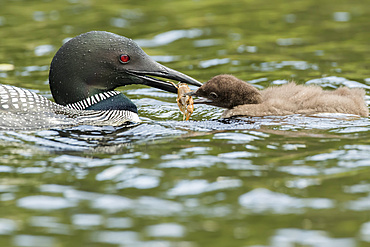
Common loon (Gavia immer) feeding a young loon with a crawfish in La Mauricie National Park; Quebec, Canada

Black-crowned night heron (Nycticorax nycticorax) walking in shallow water, Carcass Island, Falkland Islands

A Bald eagle (Haliaeetus leucocephalus) flies in a blue sky on the Oregon Coast, Hammond, Oregon, United States of America
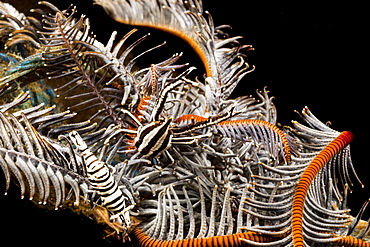
Both a Crinoid Commensal Shrimp (Periclimenes cornutus) and a Crinoid Squat Lobster (Allogalathea elegans) on a crinoid. These tiny crustaceans are commensal on crinoids or feather stars and take their color from the host, Philippines
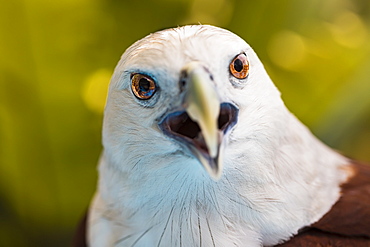
The Brahminy Kite (Haliastur indus), also known as a red backed sea eagle, are scavengers rather than hunters. They feed on carrion, insects, reptiles, amphibians, crustaceans and fish, Philippines
